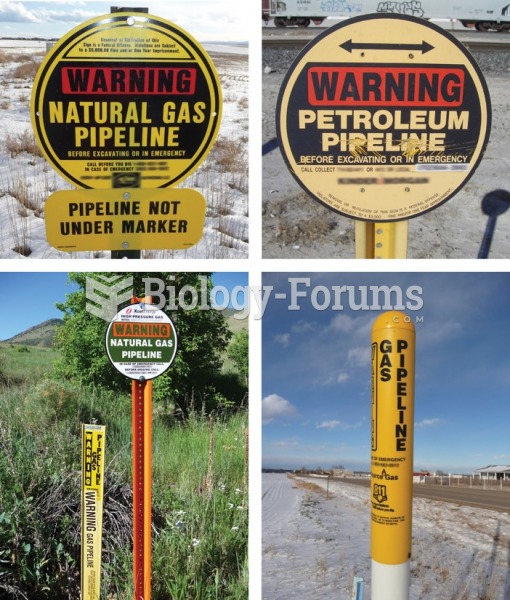Answer to Question 1
Underground storage tank (UST) regulations, part of RCRA, now require strict monitoring of fuel supplies, tanks, and piping so that leaks may be detected early. When leaks are detected, remediation must begin within 72 hours. Rules now require all USTs to be upgraded with interior lining and cathodic protection (to retard electrolytic corrosion of the steel), and new tanks must be provided with the same protection if they are steel.
Brownfields are abandoned, idled, or underused industrial and commercial facilities where expansion or redevelopment is complicated by real or perceived environmental contamination' (EPA definition). The Brownfield Act in 2002 (passed with bipartisan support) provides grants for the assessment of sites and remediation work and authorized 200 million for the ensuing five years of the program. The brownfields program limits liability for owners and prospective purchasers of contaminated land, thus clearing the way for more cleanup of the estimated 450,000 sites that would qualify as brownfields.' Frequently, the rehabilitation of brownfield sites provides industries and municipalities with centrally located, prime land for facilities that would otherwise have been carved out of suburban or greenfield' land (land occupied by natural ecosystems). A further advantage is that new developments go back on the tax rolls, turning a liability into a community asset that lightens the load of residential taxpayers.
Answer to Question 2
The Comprehensive Environmental Response, Compensation, and Liability Act of 1980 (CERCLA), popularly known as Superfund, initiated a major federal program aimed at cleanup of abandoned chemical waste sites. Through a tax on chemical raw materials (the authorization for collecting more tax monies expired in 1995), this legislation provides a trust fund for the identification of abandoned chemical wastes sites, protection of groundwater near the site, remediation of groundwater if it has been contaminated, and cleanup of the site. Because resources are insufficient to clean up all sites at once . . . a system for setting priorities was developed. As sites are identifiednote that many abandoned sites had long since been forgottentheir current and potential threat to groundwater supplies is initially assessed. . . . If a threat to human health does exist, the most expedient measures are taken immediately to protect the public. The worst sites (those presenting the most immediate and severe threats) are put on the National Priorities List and scheduled for total cleanup.







